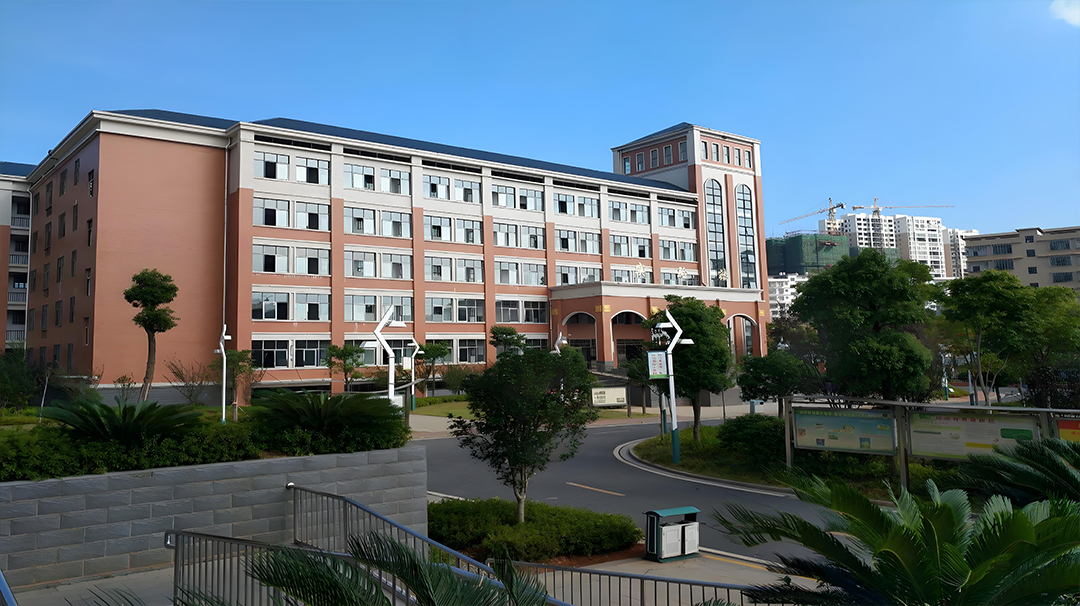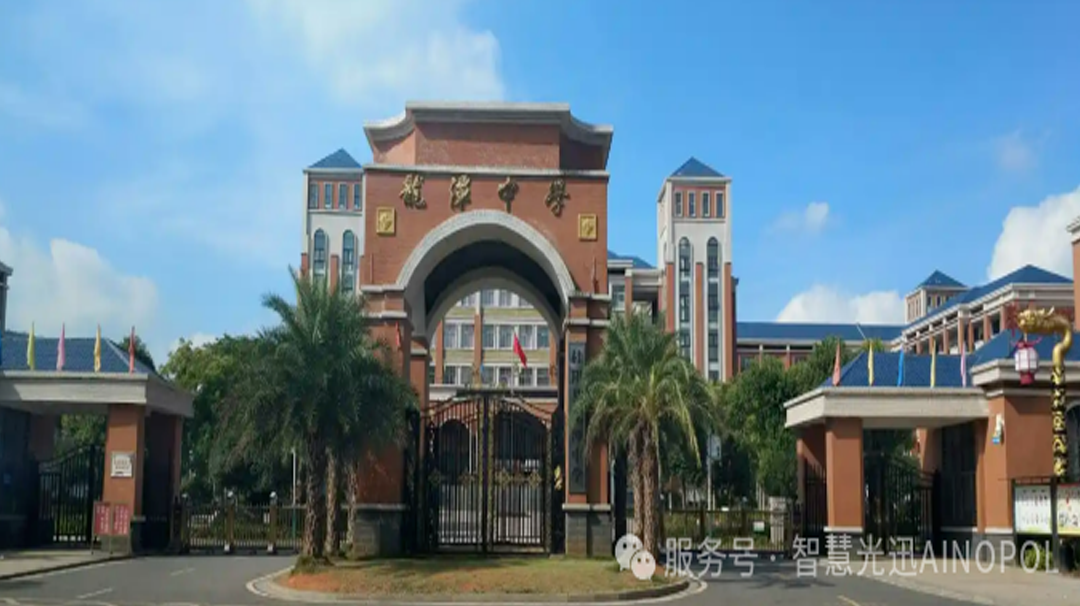
Solution for all-optical network transmission in Baishui Scenic Area
project background
Baishuixian is a national AAA level scenic spot located in Baishui Village, Bizhou Town, Suichuan County. It is a national AAA level scenic spot, a provincial-level key scenic spot, one of the "Top Ten" scenic spots in the city, a creative and artistic base for city artists, and a "National Forest Oxygen Bar". Located in Baishui Village, Bizhou Town, 24 kilometers away from Suichuan County and 8 kilometers away from the Suichuan exit of Daguang Expressway, the core area of the scenic spot covers a total area of 5000 acres. In order to improve the management level and tourist experience of the scenic area, the scenic area has decided to upgrade and transform the existing network to achieve all-optical network transmission.
The transmission pain points of traditional networks
Insufficient bandwidth: Traditional network cabling often uses copper cables. With the upgrade of scenic area surveillance cameras from standard definition to high-definition or even ultra high definition, as well as the increase in the number of mobile devices accessed by tourists, copper cable network bandwidth gradually cannot meet the transmission needs of a large amount of data, resulting in problems such as video lag and network latency.
Severe signal attenuation: The scenic area has a wide range, complex terrain, and long cable laying distances. Copper cable transmission signals experience significant attenuation during long-distance transmission, especially in areas with many electromagnetic interference sources, such as near power facilities in the scenic area, where signal quality is greatly reduced.
High maintenance costs: Traditional network devices are numerous and scattered throughout the scenic area, making it difficult to troubleshoot and repair in case of malfunctions. Moreover, copper cables are prone to aging and require frequent replacement, which increases labor, material, and time costs.
Short transmission distance: The transmission distance of copper cables is limited, usually not exceeding 100 meters, making it difficult to cover the vast areas of scenic spots and achieve effective coverage. This limitation not only affects the continuity and stability of the network, but also increases the complexity and cost of wiring and maintenance.
High energy consumption: Traditional network devices are inefficient in energy utilization, resulting in energy waste. High energy consuming devices also require effective cooling systems, which not only increase additional energy consumption but also bring higher operating costs, which conflicts with the green tourism and sustainable development concepts promoted by scenic spots.
Project requirements
1. High bandwidth transmission: It is necessary to meet the requirements of real-time transmission of high-definition surveillance videos in scenic spots, high-speed access to wireless networks for tourists, and fast interaction of data in scenic spot office systems, ensuring the stability and smoothness of data transmission.
2. Strong anti-interference ability: The natural environment in the scenic area is complex, with factors such as lightning and humidity, as well as electromagnetic interference generated by the operation of a large number of electrical equipment. The network transmission system needs to have strong anti-interference ability.
3. Easy to maintain and manage: The network system is required to have convenient management and maintenance functions, which can monitor the status of network equipment in real time, quickly locate and solve faults, and reduce maintenance difficulty and costs.
4. Long distance transmission: Adapting to the complex geographical environment of scenic spots, it can achieve long-distance signal transmission from the entrance of the scenic spot to the core scenic spot and between various scattered scenic spots, ensuring network coverage without blind spots.
5. Energy conservation and environmental protection: Reduce energy consumption of network equipment, adopt energy-saving and environmentally friendly network equipment to reduce operating costs, practice the concept of green development, protect the natural environment, and comply with the concept of green development of scenic spots.
scheme design
To address the aforementioned pain points, we have designed a transmission solution based on all-optical networks for the White Narcissus Scenic Area. The specific plan is as follows:
1. All optical network transmission
Using all-optical networks as the transmission foundation and optical fibers as the transmission medium, it has the characteristics of high bandwidth, low attenuation, and strong anti-interference ability.
Fiber optic networks are laid in the scenic area, connecting the central computer room and various regional aggregation nodes. Optical splitters are deployed at each regional aggregation node, and optical APs+and MDUs are connected through the splitters to achieve efficient data transmission.
2. Monitoring system
Based on fiber optic high-speed network, video data is transmitted in real-time to the monitoring center of the scenic area. By deploying a command and dispatch platform, scenic area management personnel can promptly receive monitoring of abnormal situations within the scenic area, detect and handle various safety issues in a timely manner, such as lost tourists, accidents, etc.
3. Wireless network coverage
Plan the location and quantity of APs in key areas within the scenic area, such as entrances, rest areas, and main attractions, to achieve seamless wireless signal coverage within the scenic area. Deploy high-density APs in areas with high tourist density, such as major attractions and activity venues, to meet the demand of a large number of users accessing the network simultaneously.
4. Broadcasting system:
Transmit audio data from the broadcasting source to various broadcasting points in the scenic area through optical fiber. It meets the requirements of low latency transmission and has strong anti-interference ability, ensuring the stability and clarity of audio signals. Scenic area management personnel can set scheduled playback tasks as needed, such as playing background music, introducing scenic spots, or safety notices. In emergency situations, management personnel can activate emergency broadcasts for the entire or specific area with just one click through the platform, achieving rapid response.
Equipment recommendation
Installation effect
Customer Value
With the help of all-optical networks for real-time monitoring and data transmission, scenic area management departments can more efficiently carry out personnel scheduling, resource management, and security prevention and control, improving management efficiency and scientific decision-making. The high-speed and stable network provides convenient services for tourists, such as online guides, electronic payments, photo and video sharing, etc., enhancing tourist satisfaction and the reputation of the scenic area.
At the same time, all-optical networks provide a solid network foundation for introducing more intelligent applications and innovative businesses to scenic spots in the future, which helps to enhance their competitiveness and sustainable development capabilities, such as conducting smart tourism marketing and creating virtual scenic spot experiences. Meanwhile, a reliable network system has also attracted more partners and business opportunities.



